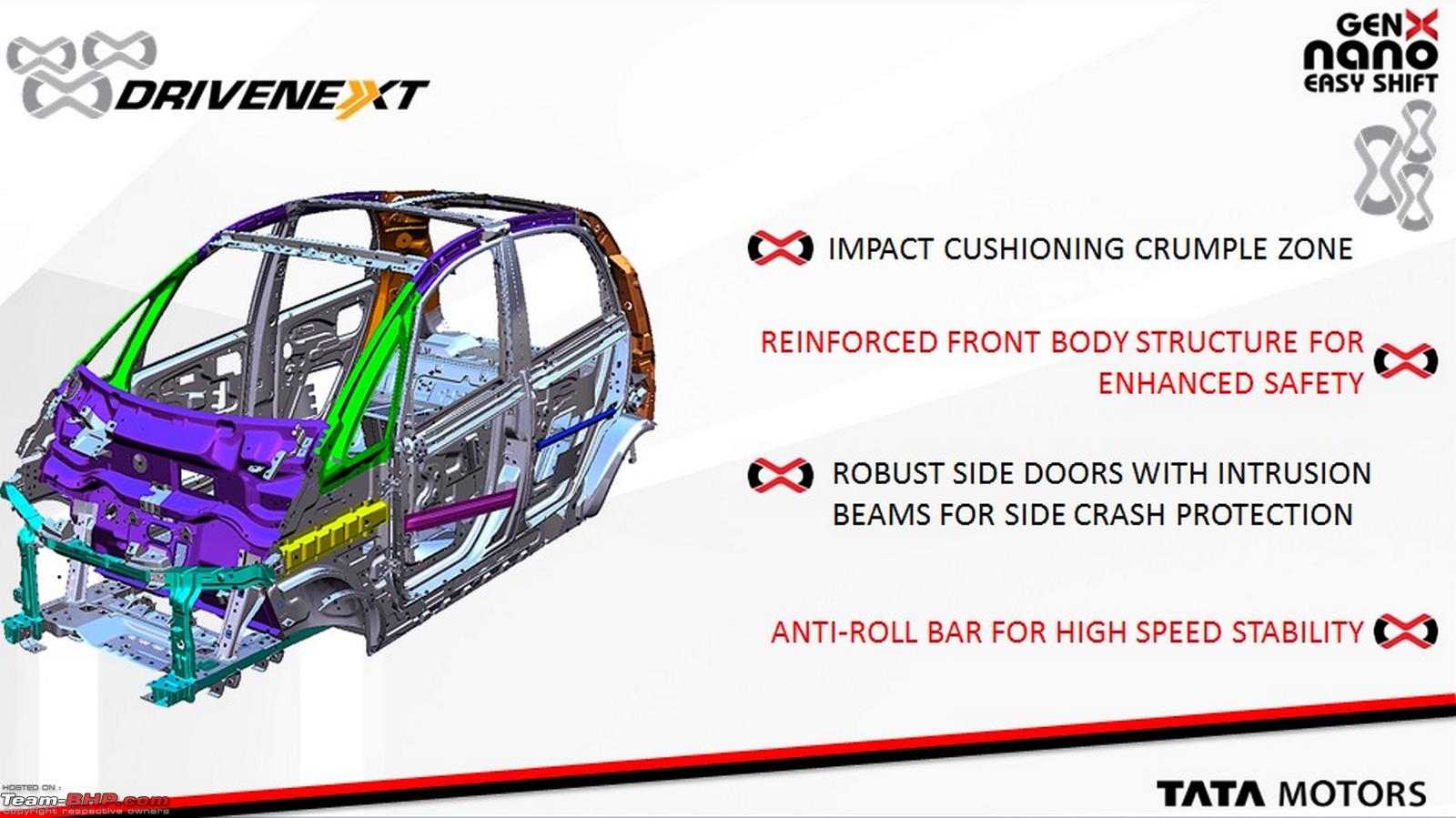Nigel
Well-Known Member
- Joined
- Jul 7, 2014
- Messages
- 16,763
- Reaction score
- 8,747
- Location
- Wales
- Country
- United Kingdom
- Dash Cam
- Gitup F1+G3ꞈꞈꞈꞈꞈ Viofo A229ꞈꞈꞈꞈꞈ Blueskysea B4K
I guess it depends on who was responsible for safety! If she is still of school age, under the legal driving age then I would expect the instructor or driving school to be responsible.How about this. My daughter just totaled my car during a teen driving safety course. Following instructions of the driver instructor, she made contact with a curb. On a wet/dry skid pad they had set up close enough to the a landscape/parking curb, that she made contact and the car was determined to be not worth repairing to driving condition. I have two in-car videos of the event. The instructor told her to give it more gas, then bam!
If she has a driving licence of some sort then it may be difficult to pass responsibility to the instructor, however if it was not on public roads/public skid pan then it may still be reasonable to think the instructor/school was still responsible for safety.
If it was a temporary skid pan set up dangerously then I would be checking that the instructor was suitably/legally qualified to do the task?
Any chance of seeing the video?
Bit surprising there was enough damage to total the car just by hitting a curb, I guess you gave her a suitably worthless car for the job and the car was worth less than a new wheel, tyre and suspension mount!


